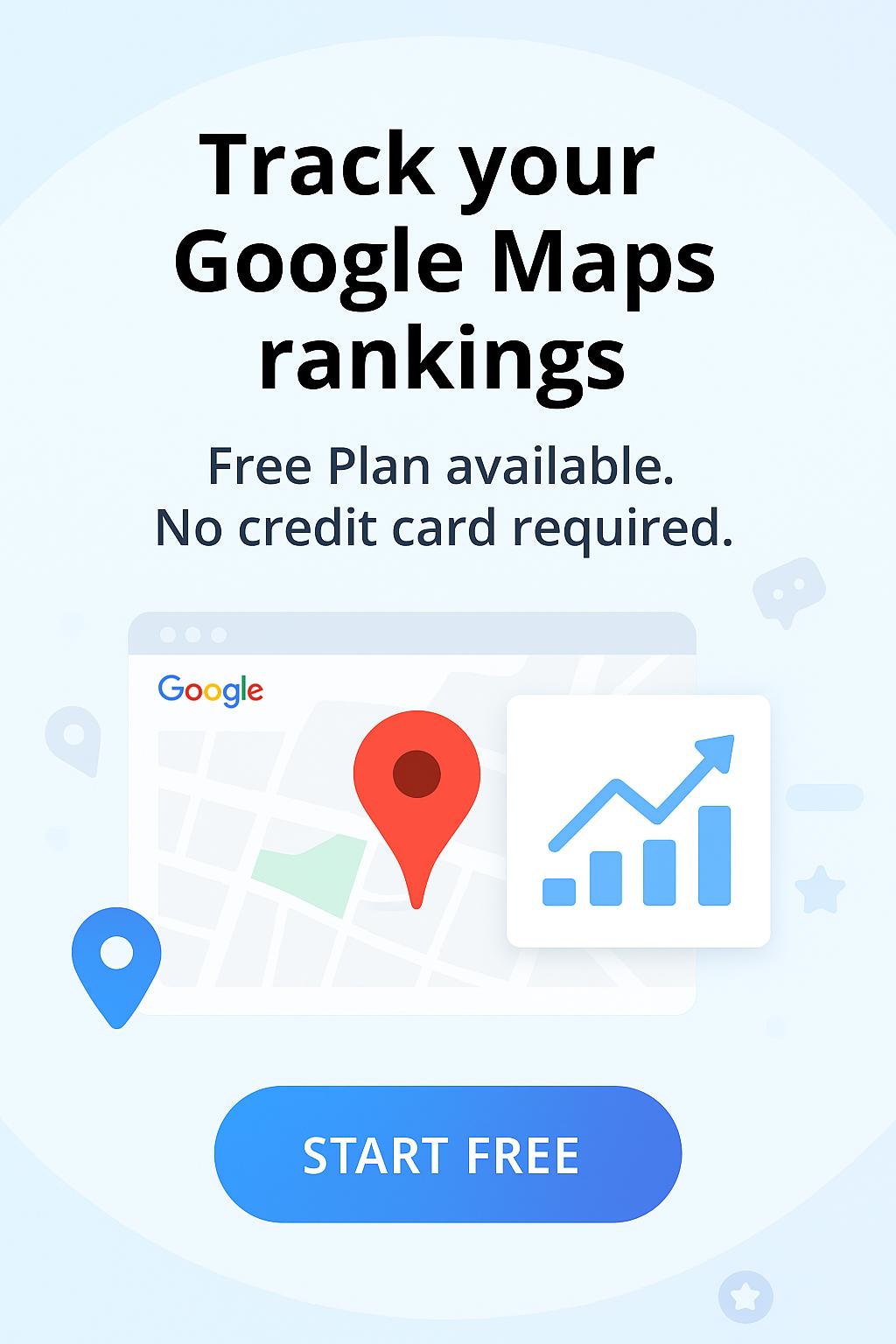How many times have people hammered into you that SEO is the end all be all?
SEO optimization is probably the first thing you hear about when it comes to any online space, and for good reason too. It’s the backbone that allows your sites and platforms to get the traction they need from your target audience.
And nowadays, Squarespace is the most popular and user-friendly website builder that allows you to build platforms without the need for even a single line of code. Squarespace is where people are swarming to and jumping hoops to improve their SEO strategies.
But what’s so special about Squarespace SEO? Since Squarespace is the go-to for anyone who wants to blog, sell products and services, or showcase their creative portfolios, it’s kind of a given that Squarespace SEO is the key to enhancing your overall SEO performance.
There are tons of in-built features that Squarespace supports that can help you as long as you have a basic understanding of the SEO process.
Here’s the ultimate guide to Squarespace SEO complete with tips, reviews, and a full Squarespace SEO checklist that tells you everything you need to know. So if you feel a little clueless, don’t fret and jump right in.
Why is SEO important?
![Squarespace SEO: [Ultimate Guide] 2 SEO](https://wiremo.co/wp-content/uploads/2022/03/SEO-300x195.jpg)
Source: Fridge
Is SEO really that deep? Yes, yes it is. Search Engine Optimization (SEO) is the process of increasing both the quality and quantity of organic visitors to your digital platforms. It's not only about search engines but also about improving the user experience.
The way it works is search engines sifting through millions of websites to grab only the top-ranking and relevant ones for the users. This is based on certain factors and it only gets more complicated when you add the search engine algorithms into the mix.
However, with the right strategies, you can take advantage of the fact that SEO is free – the traffic you get as a result will be consistent and you won’t have to spend a dime for it. For your platform on Squarespace, there are tons of Squarespace SEO tips and tricks you can try.
There are two main categories of SEO that you should be aware of:
-
On-page SEO
This involves optimizing the content and settings of your website pages for search engines in particular.
On-page SEO is an important factor in ensuring successful SEO results said Mj SEO Agency Experts. It includes optimizing a wide range of elements on the page such as titles, meta descriptions, headings, images, URLs and content. By making sure each of these elements are optimized, you can boost search engine rankings for your website.
Titles should be concise yet descriptive and include relevant keywords; meta descriptions should be written to entice potential viewers to click through from the SERP; headings should be used to break up the content into easy to read chunks; images should have ALT text that describes their contents; URLs should be descriptive and key words that are related to the page’s content; and content should include relevant keywords at a natural density as well as being regularly updated with fresh information.
An additional factor to consider when it comes to on-page SEO is creating a rock-solid keyword approach. The best way to do this is to choose at least five general topics that are related to your product and that your customers care about. Think - What term would YOU use to find YOUR product, and go from there? For stronger SEO pillars, check the competition’s keywords by using Google scraping to get different insights, see what works in your industry, and see how you can use data from various websites to get a competitive advantage. Since you cannot implement an SEO strategy without a blog page, make sure that your blogs are product-oriented, up-to-date, and easy to read.
On-page optimization also involves a few technical aspects, such as proper use of redirects, sitemaps and HTML structure. Webmasters need to make sure they are aware of all these elements when creating their pages so they can provide users with an optimal experience, while also making sure they receive the highest possible ranking on search engine results pages (SERPs).
-
Off-page SEO
Off-page SEO has more to do with the optimization process outside of your website’s pages and includes techniques such as link building and improving social media management.
How good is Squarespace for SEO?
![Squarespace SEO: [Ultimate Guide] 3 squarespace](https://wiremo.co/wp-content/uploads/2022/03/squarespace-300x149.jpg) Source: Propel Marketing & Design
Source: Propel Marketing & Design
You might have been subjected to rumors about how website builders are pretty much a sham when it comes to SEO and maybe that’s true, maybe it isn’t. But what you can be sure of is that Squarespace does everything right when it comes to SEO.
And the fact of the matter is that its main sites made on Squarespace are getting the most traction and ranking #1s on various search engines.
There’s no magic Squarespace template that makes this happen; all of the templates available on there are optimized for Squarespace SEO. You won’t have to go through the bother of installing any plugins just to make it work either.
Here are some of the numerous SEO-related benefits you can take advantage of on Squarespace’s platform.
-
Sitemaps
Websites made on Squarespace come with an automatic XML sitemap. This feature is useful when it comes to saving time; you won’t have to regenerate and re-submit sitemaps every single time there is a change in content. The search engines will detect it on their own.
Your Squarespace sitemap stays current and will take care of all your page URLs and image metadata to ensure SEO-friendly indexing.
-
SSL Certificate
With Squarespace, you’re going to get free SSL certificates. Don’t know what this is? Basically, SSL stands for Secure Sockets Layer and it is a digital certificate that authenticates a website's identity and enables an encrypted connection.
It is a security protocol that creates an encrypted link between a web server and a web browser. So your audience who visits your site won’t have to worry about a secure connection.
-
Mobily-friendly
Every single Squarespace theme you use will be responsive to size changes and will automatically resize the elements on the page to fit different devices and their preferred screen dimensions. For Google and other search engines, having a mobile-friendly site is crucial.
-
Clean HTML and URLs
All your HTML markup and URLs are going to be easily indexed. The whole process will be smooth and stress-free and you won’t be jumping hoops in this regard either.
Squarespace SEO checklist
![Squarespace SEO: [Ultimate Guide] 4 squarespace 1](https://wiremo.co/wp-content/uploads/2022/03/squarespace-1-300x157.jpg) Source: Style Factory
Source: Style Factory
Anthony Casalena, Squarespace CEO and Founder has called Squarespace an elegant solution that offers all the necessary elements needed to build a professional website.
But the fact of the matter is, no matter how well equipped the platform itself is, everybody needs a little boost when it comes to the SEO department.
Here’s a checklist curated for Squarespace tips and tricks in particular. Make sure that you use these wherever you need to and you’re good to go.
-
Navigation
First things first, you’re going to want your website to be as structured as possible. You want to make things easier for your audience when they land on your page and not put them off with a messy layout with design elements placed haphazardly.
And it’s not just the users that will benefit from being able to find what they are looking for on your site more easily, but the search engine bots too. When you list out all your main categories make sure that are distinct from each other, with subcategories linking back to the main one.
This is where the SEO bell chimes, so organization and structure with ease of navigation in mind is the way to go.
-
Simplify URLs
Does a complicated URL not look like a pain to you? Well, SEO strategies hate them too so what you need to do is make sure your URL is clean and straightforward. When you are blogging through Squarespace, make sure you edit URLs before you hit publish.
So let’s say you’ve written an article titled “Top ten winter movies you should watch this Christmas for holiday cheer” then its URL will most likely look like “yourdomain.com/blog/top-ten-winter-movies-you-should-watch-this-Christmas-for-holiday-cheer” and this looks way too long.
You might think it won’t affect performance all that much but fixing it will prove to be worth it. What you can do in cases like this is shorten the URL to “yourdomain.com/blog/top-ten-winter-movies” instead.
On Squarespace, you can do this by clicking the Home Menu and the Pages tab under it. Then go over to the Blog Page and click the page you want to page and then press Edit. Under the Options tab, you’ll see a space where you can edit the URL and then all you have to do is click Save.
Make sure you change the URL before you publish the post because if you do it after, your readers won’t be redirected to the new URL and all they’ll see is the 404 error page.
Squarespace has a useful feature where you can see all the pages that are not connected to your site navigation, so you can check that out for good measure.
-
Headings
Who would have thought that heading sizes would be something that can help enhance your SEO performance? It’s a small change and easily overlooked by many people. While you are designing your website on Squarespace, pay a little more attention to which heading tags (H1, H2, H3, etc.) you are using.
The H1 tag in particular is a piece of HTML code that lets search engines know what your page is about. You will be making a mistake if you choose to add bold, capitalized, and bigger font titles into your design instead of these preset header tags. Anyone with decent developer experience on Squarespace will tell you the same.
There are plenty of problems that can happen if you make that mistake that goes beyond just ruining the aesthetic of your page. Squarespace SEO optimization will simply not work well enough, if at all, and search engines will fail to index your content properly.
Have at least one H1 tag on each page of your site, but if you want to keep the style consistent you will most likely end up using H2 and H3 just to keep the consistency.
-
Keywords
You’re probably wondering why this wasn’t the first thing on top of the list, but we’re getting into it now. Keywords are essential to Squarespace SEO strategy as a whole. Their purpose is to let you know what kind of content your target audience is searching for.
If you work without keywords, you won’t be successful in your Squarespace SEO optimization quest. So you need to get to keyword searching, which is when you look for and analyze words or phrases that people are searching on different search engines.
Keyword research will give you valuable information about what people are searching for, how many people are searching for it, and how they want their information to reach them. There are many free tools you can use to make this process easier such as Google Keywords Planner or Ubersuggest.
The top keyword search tip you need to know is that your keywords have to be relevant, popular, and realistically attainable. Don’t use a word that’s too highly competitive because that will just make it difficult for you to rank well.
-
High-quality content
Over time, search engine algorithms keep evolving, and to keep up with changing times it’s important that you create quality content if your aim is to rank high in the searches. Your content should be unique, and useful enough to answer the questions of your intended audience.
It is a well-known fact that sites that sport quality content are the ones that snag the top spots in ranks and that’s because they have employed a successful content strategy campaign. What you can do to improve your content is the following.
- Write content that people are looking for and find out what are the burning questions your target audience has.
- Find a gap in existing content to figure out whether they are being answered or not. And whether the answers can be improved further and be more satisfactory.
- When you write, make sure your tone is natural and easy-going. Try not to overuse certain words and keep it simple – no need to show off your jargon if it’s just going to make the reader pause constantly while they skim.
- Make sure that the words and phrases you use are directly related to your main topic.
- Always remember – quality over quantity. What matters is what you write, not the amount that you are writing. Less content but with higher quality is the way to go.
-
Add Schema Markup
What is schema markup? This is also known as ‘structured data’ and it is a special type of information you can place in your site’s code to get rich snippets in search results.
The next question is, what are rich snippets? First off, they aren’t the same as featured snippets. They are bits of extra information that tells users more about your content. For example, if what you’ve written is a cooking recipe, then you can display ratings, calories, or prep time.
Schema markups are important because even though they do not directly impact search engine rankings, what they do is help you stand out from the thousands of other listings. You will see your CTR (Click Through Rate) soar through this, and the benefits that come with rich snippets are endless.
There are a bunch of resources from Google you can check out relating to this, such as Structured Data Markup Helper, Structured Data Testing Tool, Rich Result Testing Tool, and more.
-
Metadata
All your meta titles and meta descriptions are dipped in HTML code in the header of your web page – and this is your metadata. This helps the search engines figure out what kind of content is on your page and is a key piece of information when indexing a page.
So if you work on the metadata of what you write, you can attract more of your target audience and give search engines the relevant information needed to rank higher.
You can use keywords in meta-descriptions as well even though descriptions aren’t a ranking factor. What it instead does is encourage people to visit your site if your summary shows relevant information being displayed.
You’ll have to write naturally because your aim is to get click-throughs from the SERPs. Keep in mind that sometimes Google will pull out other text excerpts from your page to better answer what the user was looking for.
You can add meta-descriptions to your Squarespace pages by going into the Marketing tab found on the Home Page. From there, head over to SEO, and then Site Meta Description. For individual pages, you can simply go to Pages, Page Settings, SEO, and then SEO description.
-
Squarespace title tags
This one is super important – remember to update your Squarespace site titles and SEO descriptions because this is the key element of a web page. All of your titles and meta descriptions should include at least one of your primary keywords.
What you want is to be as clear as possible with your titles. They should include relevant keywords but they shouldn’t come off congested with them. The title has to be to the point, accurate, and display exactly what the content on the rest of the page is going to be about.
Some tips to keep in mind regarding titles are:
- Keep the title under 60 characters.
- Make sure that no title is the same as another page. They should be unique and descriptive.
- Avoid creating titles that are just repeating keywords over and over.
You can add meta titles and meta descriptions of your choosing on Squarespace by going to Home, then clicking Pages, and then you can choose which page you want to work on. You can then add your SEO title and SEO descriptions.
-
Image alt text
Sounds like a pain, doesn’t it? But it’s necessary. There are a bunch of reasons why you shouldn’t neglect adding alternative text to your images and one of the biggest ones is because search engines use them to categorize your content.
And on the off-chance that the image fails to load in someone’s browser, the alt tag can always be there to let them know what it is. Convenience aside, it is important for your Squarespace SEO optimization that you add alt text to your images.
Don’t bombard your alt text with too many keywords and just right in real sentences without using symbols like hyphens to separate words. No need to use the words ‘the’ and ‘and’ either and just keep it short and simple.
Lucky for you, Squarespace has a full guide on how to add alt text using their platforms and it will definitely be worthwhile to check it out.
-
Site speed
It’s easy to understand why this is a crucial point to keep in mind if you just recall the number of times you decided to click out of a website just because it was taking too long to load. That’s why you have to do everything in your power to make sure that your site loads in record time.
And yes, you guessed it. The faster a website loads, the higher it’s going to rank on search engines.
What you can keep in mind to achieve this is to remember not to include images that are larger in size than 1500x2000 pixels. In fact, try to reduce the size if you can. Next thing, use JPEGs rather than PNGs wherever possible. This will ensure that the pictures you include are of the highest quality, but with the lowest size file.
Compressing your images is also a great idea to ensure optimum site speed. And there are numerous free online tools you can take advantage of to get this done.
When it comes to videos, remember to click the ‘use custom thumbnail’ option so Squarespace doesn’t have to look up content from these services. With fonts, use a limited number of fonts across your site and the recommended number for Squarespace is no more than 2 per site.
And one last thing – don’t forget that your page speed is even more important when it comes to your mobile user audience. It’s a good idea to use Google’s mobile speed test, or any other similar tool to check your site. Mobile and voice search are here to stay, so pay attention.
-
Register your site
Once you’re done doing everything you can to optimize your Squarespace site, it’s time you register your site with Google. This will allow Google to index your site, basically confirming that it exists.
Before getting into that, make sure if you’re using any third-party domain, that it’s connected properly. Squarespace recommends waiting around 72 hours after your domain is connected before you go through with the registration process.
If you have a trial site, you can’t register with Google because they are hidden from search engines. If that’s the case then sign up for a proper Squarespace plan so this doesn’t happen.
Wrapping up
Now you know where to start when you’re creating your sites using Squarespace. Although this Squarespace review only touches on the basics, you will be on the right track and will start to see results pretty quickly by following the guidelines.
And once you are done with Squarespace optimization, what better way to grow your brand, sales, and profits than by making Wiremo a part of your workflow.
From customer reviews, collecting product photos, and keeping your keywords in check, Wiremo can do it all and more. It even supports an automated review management system and automated review request statistics. You can take advantage of, so it’s definitely worth a try.
Tags: SEO, squarespace, squarespace SEO
![Squarespace SEO: [Ultimate Guide] 1 featured image 1 scaled](https://wiremo.co/wp-content/uploads/2022/03/featured-image-1-scaled.jpg)



